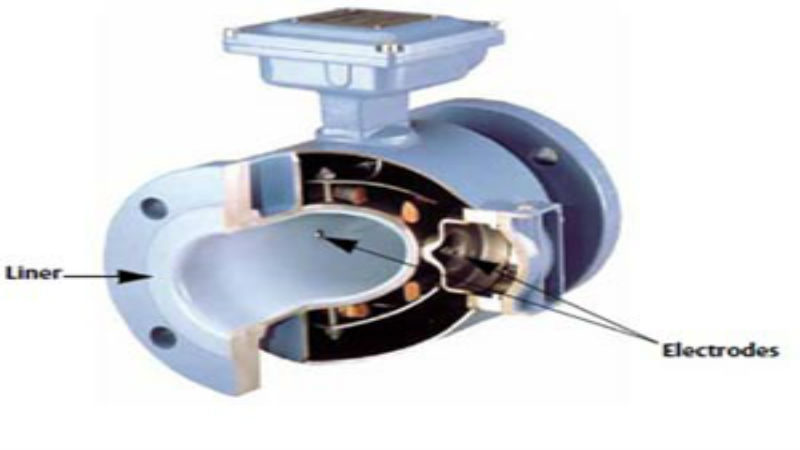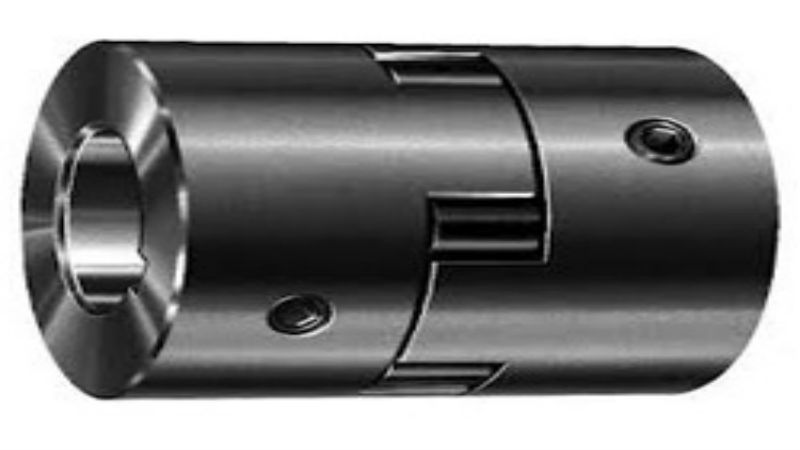When companies are considering measures to ensure the safety of their employees, they have several options. The ones they select depend upon a number of factors. Chief among them is the type of danger posed. In the case of medical facilities and laboratories, radiation is often a concern. As protection, companies rely on the well-documented capabilities of lead lined glass to make certain their employees are safe from harm.
Applications
Lead lined glass aka x-ray, radiation shielding and leaded glass, as noted previously, is used for radiation protection. It acts as a shield against both gamma rays and x-rays. Its prevalence is in the medical industry and various medical laboratories, but it is also common in industrial, commercial and nuclear industrial concerns.
Its presence allows technicians to work with, use, experiment on and research radioactive substances without fear of exposure to deadly and toxic substances. The shielding may be modular or permanent in nature. What is also important is that while protective, the glass offers high visibility. This permits the work to continue without diminishing the protection.
Common applications for medical, commercial, industrial and nuclear industries include:
- Observation windows, e.g. x-ray, CT Scan
- Protective windows in laboratories, airport security X-ray scans
- Protective screens for medical diagnostics
- Safety lenses for goggles
- Shielding for storage for radioactive substances in nuclear plants
The type of leaded glass a company chooses for its specific application is critical in determining the safety of all employees as well as patients, those nearby and the environment.
Lead Lined Glass
When planning construction or retrofitting of a facility, or installing protection for new devices, companies need to make certain all safety measures are met. Where radiation is a potentially severe threat to public and private health and safety, serious actions must be undertaken. In some instances, medical and other facilities need to install lead lined glass as the optimal protective measure.



